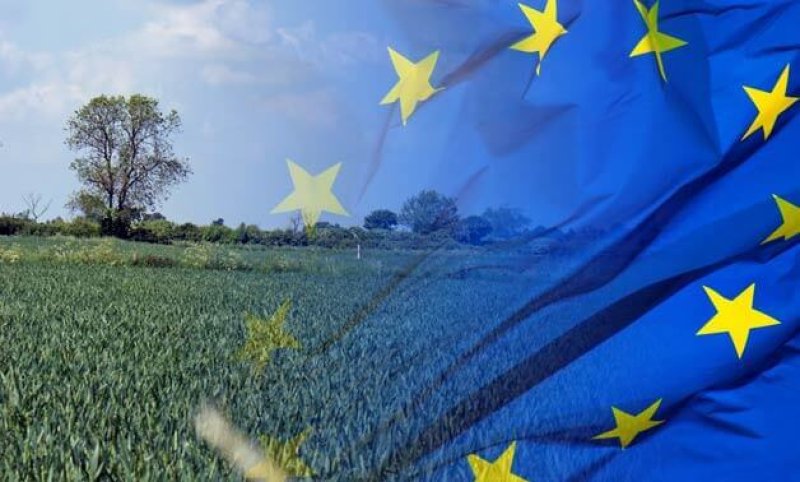To enforce GMO restrictions, EU member states first need a way to detect GMOs. So in 2002, the EU set up the European Network of GMO Laboratories (ENGL).
…
One of the key weapons in its arsenal is polymerase chain reaction (PCR), where a telltale DNA sequence in a sample is captured and amplified in the lab.
In the early days, there were common genetic traces of bioengineering in multiple crop varieties. For example, many of the different foreign genes introduced in GMOs often shared specific DNA sequences, such as promoters and terminators (among others). This made these specific sequences a convenient smoking gun for PCR tests. But times have changed.
…
In a 2019 report, the ENGL outlined some of the headaches it was facing. For example, edits of a single nucleotide are harder to pick up with PCR than the huge sequences traditionally inserted into GMOs. Additionally, the technique cannot distinguish gene-edited varieties from crops in which the same mutation arose naturally.
The discussion over the legal weight of this PCR test is just part of a much bigger debate: should gene-edited organisms be regulated as GMOs in the EU if the gene editing process can’t be detected? According to the Genetic Literacy Project and Euroseeds, a body representing seed producers, the answer is no.































